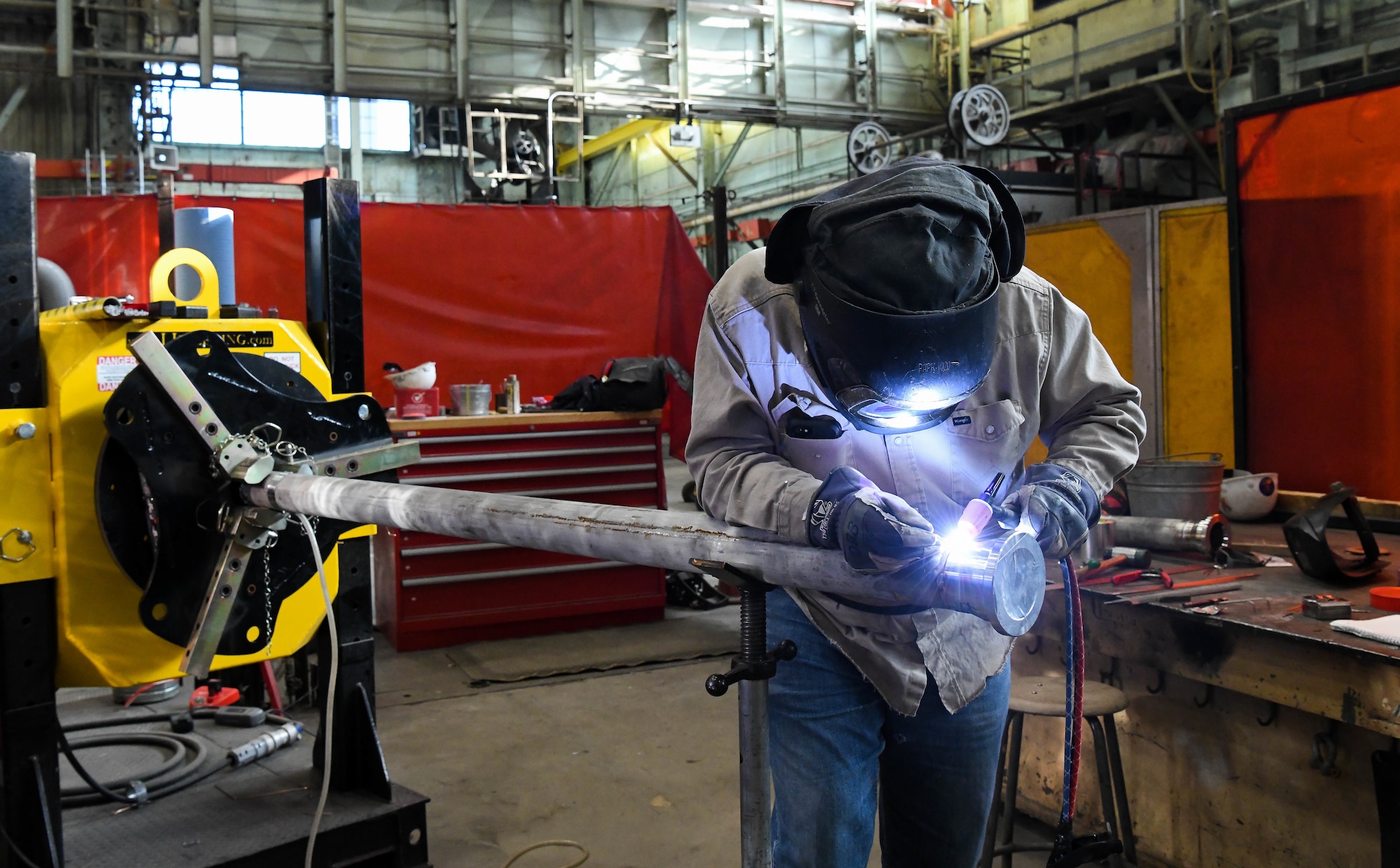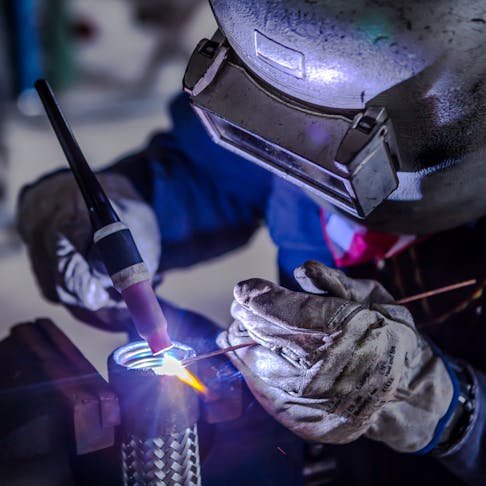Optimizing Your Welding WPS: Strategies for Improved Performance and Effectiveness
Optimizing Your Welding WPS: Strategies for Improved Performance and Effectiveness
Blog Article
Opening the Power of Welding WPS: Approaches for Performance and Safety And Security in Manufacture
In the realm of manufacture, Welding Procedure Specifications (WPS) stand as the foundation of welding procedures, dictating the necessary actions for attaining both performance and security in the construction process. Recognizing the details of WPS is vital to using its full possibility, yet numerous companies have a hard time to unlock the real power that exists within these documents (welding WPS). By diving right into the techniques that optimize welding WPS, a globe of improved productivity and increased safety and security awaits those going to explore the subtleties of this vital facet of construction

Value of Welding WPS
The significance of Welding Treatment Specs (WPS) in the fabrication sector can not be overstated. WPS work as a crucial roadmap that describes the necessary actions to ensure welds are executed regularly and correctly. By specifying essential criteria such as welding processes, products, joint designs, preheat temperatures, interpass temperature levels, filler metals, and post-weld warmth treatment needs, WPS give a standard strategy to welding that boosts performance, top quality, and safety in manufacture procedures.
Adherence to WPS assists in accomplishing harmony in weld top quality, reducing the likelihood of problems or structural failures. This standardization also helps with compliance with market policies and codes, making sure that produced structures satisfy the needed security standards. Furthermore, WPS paperwork enables welders to replicate successful welding treatments, bring about regular outcomes across different projects.
Essentially, the meticulous growth and rigorous adherence to Welding Treatment Specs are critical for upholding the integrity of bonded frameworks, protecting against possible threats, and maintaining the track record of construction business for delivering high-quality items and solutions.
Secret Elements of Welding WPS

Enhancing Performance With WPS
When optimizing welding operations, leveraging the essential aspects detailed in Welding Treatment Requirements (WPS) becomes vital for improving processes and optimizing productivity. One way to enhance performance with WPS is by thoroughly picking the proper welding parameters.
On a regular basis reviewing and updating the WPS to include any lessons discovered or technical advancements can likewise add to efficiency description enhancements in welding operations. By accepting the guidelines established forth in the WPS and continuously looking for ways to enhance processes, producers can attain greater performance levels and superior end results.
Ensuring Security in Construction

Security protocols in construction play an essential duty in guarding employees and maximizing functional treatments. Making sure safety and security in construction includes a diverse approach that incorporates various elements of the welding procedure. One essential facet is the provision of individual protective tools (PPE) tailored to the specific dangers present in the fabrication environment. Welders have to be outfitted with proper equipment such as safety helmets, gloves, and safety garments to reduce risks connected with welding tasks.
Furthermore, adherence to proper air flow and fume extraction systems is critical in preserving a healthy workplace. Welding fumes consist of damaging substances that, if breathed in, can position significant health and wellness threats. Executing reliable ventilation actions assists to decrease exposure to these unsafe fumes, promoting breathing health among employees.
Regular devices maintenance and evaluations are additionally vital for making certain safety in fabrication. Malfunctioning equipment can bring about injuries and accidents, highlighting the value of timely repairs and regular checks. By focusing on precaution and cultivating a society of recognition, manufacture centers can develop a secure and productive workplace for their workers.
Executing WPS Finest Practices
To improve operational effectiveness and make sure high quality results in construction processes, incorporating Welding Procedure Specification (WPS) best practices is paramount - welding WPS. Implementing WPS ideal techniques entails meticulous planning, adherence to industry standards, and continuous surveillance to ensure ideal outcomes. To start with, picking the ideal welding procedure, filler material, and preheat temperature defined in the WPS is critical for attaining the preferred weld quality. Secondly, making certain that certified welders with the needed accreditations perform the next welding procedures according to the WPS guidelines is important for consistency and dependability. Frequently upgrading and reviewing WPS records to show any procedure enhancements or changes in products is likewise a key ideal method to keep accuracy and relevance. In addition, supplying detailed training to welding personnel on WPS needs and finest practices fosters a society of security and quality within the manufacture setting. By carefully executing WPS ideal methods, fabricators can simplify their operations, lessen errors, and provide superior items to fulfill client assumptions.
Final Thought
In verdict, welding WPS plays a critical duty in ensuring efficiency and safety in fabrication procedures. By adhering to these approaches, organizations can open the complete capacity of welding WPS in their construction operations.
In the realm of fabrication, Welding Treatment Requirements (WPS) stand as the foundation of welding operations, dictating the required steps for achieving More Help both effectiveness and security in the fabrication process. By specifying necessary criteria such as welding processes, materials, joint layouts, preheat temperature levels, interpass temperature levels, filler metals, and post-weld heat therapy demands, WPS offer a standardized approach to welding that boosts effectiveness, quality, and safety in manufacture processes.

When optimizing welding operations, leveraging the crucial components outlined in Welding Procedure Specifications (WPS) ends up being necessary for making best use of and streamlining processes efficiency. (welding WPS)
Report this page